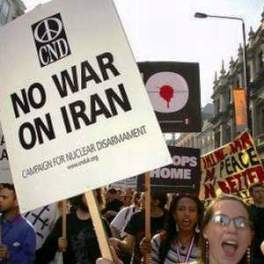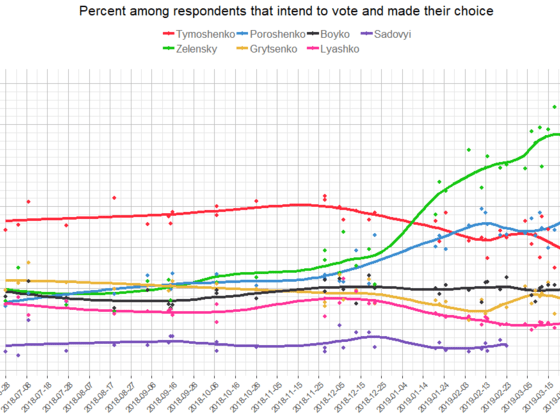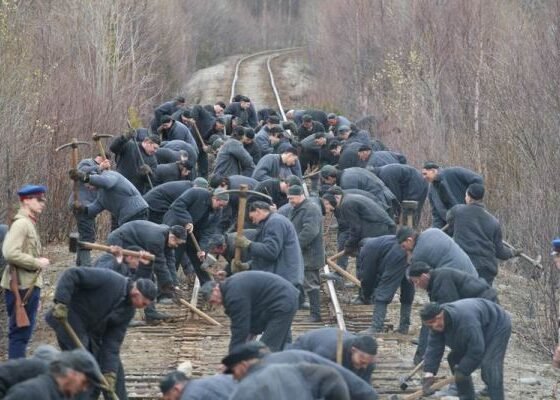(Center for American Progress) In the days following the dramatic manhunt in Boston for surviving terrorism suspect Dzhokhar Tsarnaev, questions have multiplied regarding the significance of the Tsarnaev brothers’ Chechen roots. Thus far, it isn’t clear whether this connection played any role in their fatal attack on the city last week, which resulted in the deaths of three people and more than 170 casualties, but it will likely continue to be investigated in the weeks to come.
Why and how 26-year-old Tamerlan Tsarnaev, killed in a firefight with Boston police on Friday, turned to violent extremism is a central question in the ongoing investigation. On Friday the FBI confirmed that it questioned Tamerlan in 2011 after a “foreign government” requested information about him, and it also emerged that Tamerlan spent several months last year in Russia’s North Caucasian republic of Dagestan, which is east of Chechnya and where the brothers’ parents currently reside. While Tsarnaev’s religious radicalization in the context of an immigrant life in the United States will be what many choose to focus on, his ethnic Chechen roots and potential links to radicals in the North Caucasus remain subjects of interest as well, despite his mainly diasporic association with the region.
The so-called Chechen connection is, perhaps, of less interest in the case of his surviving 19-year-old brother, who by many accounts was a reasonably well-adjusted American-immigrant youth. Dzhokhar allegedly identified with his religious and ethnic origins in Chechnya but was also tied to multiple subcultures, attached to his older brother, and experiencing serious academic difficulties in college.
While conflicting accounts of the family’s origins exist, we know that they lived for many years in Kyrgyzstan, one site for Joseph Stalin’s mass deportation of Chechens during World War II. The family reportedly moved to Chechnya in 1991 after the collapse of the Soviet Union, and they may have returned to Kyrgyzstan as Chechnya descended into chaos and war. By 2001 they were back in the North Caucasus, in Dagestan, and they then made their way to the United States as refugees.
As the Chechen connection continues to be investigated, here are some things to keep in mind about Chechnya and the North Caucasus, as well as the potential impact of developments on U.S.-Russian relations. […]
See the full article | © Center for American Progress










